Woodcock Survey methods
This is an online survey. To choose a survey square or enter data, please register or login to the survey application from the project landing page.
A number of survey sites (1-km squares) in Britain and Northern Ireland will be available. These have been randomly selected from within the known breeding range, which will allow us to monitor annual changes in their population and act as an early warning of any sudden declines which decadal national surveys might not pick up.
Within each site a single pre-selected fixed count point will be used, from which all observations are conducted. The count points are separated by at least 2 km in order to avoid double counting. For squares without a pre-determined count point, you will need to establish one yourself - ideally on a reconaissance visit.
Timing of Visits
The survey methods will be the same as those used in 2023. A total of four visits will be required:
- April: one daytime recce to establish the best place to locate the count point.
- May to June: three visits to count point at dusk, at least one week apart, between 1 May and 30 June.
NOTE - if no Woodcock are recorded on both of the first two dusk visits, there is no need to make the third visit.
Visit time and duration
The count period lasts 75 minutes. Counts should commence 15 minutes before sunset and finish 60 minutes after sunset, giving total survey duration of 75 minutes. Times of individual Woodcock passes will be recorded so that data for 60 minute and 75 minute counts can be compared at the analysis stage.
What to record
During the 75 minute survey period all observations of Woodcock (in flight), both by sight and sound, will be recorded to the nearest minute and logged. Some basic information on Habitat and Deer presence will also be collected between mid-May and mid-June.
Access permission
All observers are reminded of the need to obtain permission to cross any private land in England, Wales and Northern Ireland (observers in Scotland should adhere to The Scottish Access Code), and to follow the BTO's Health & Safety guidelines.

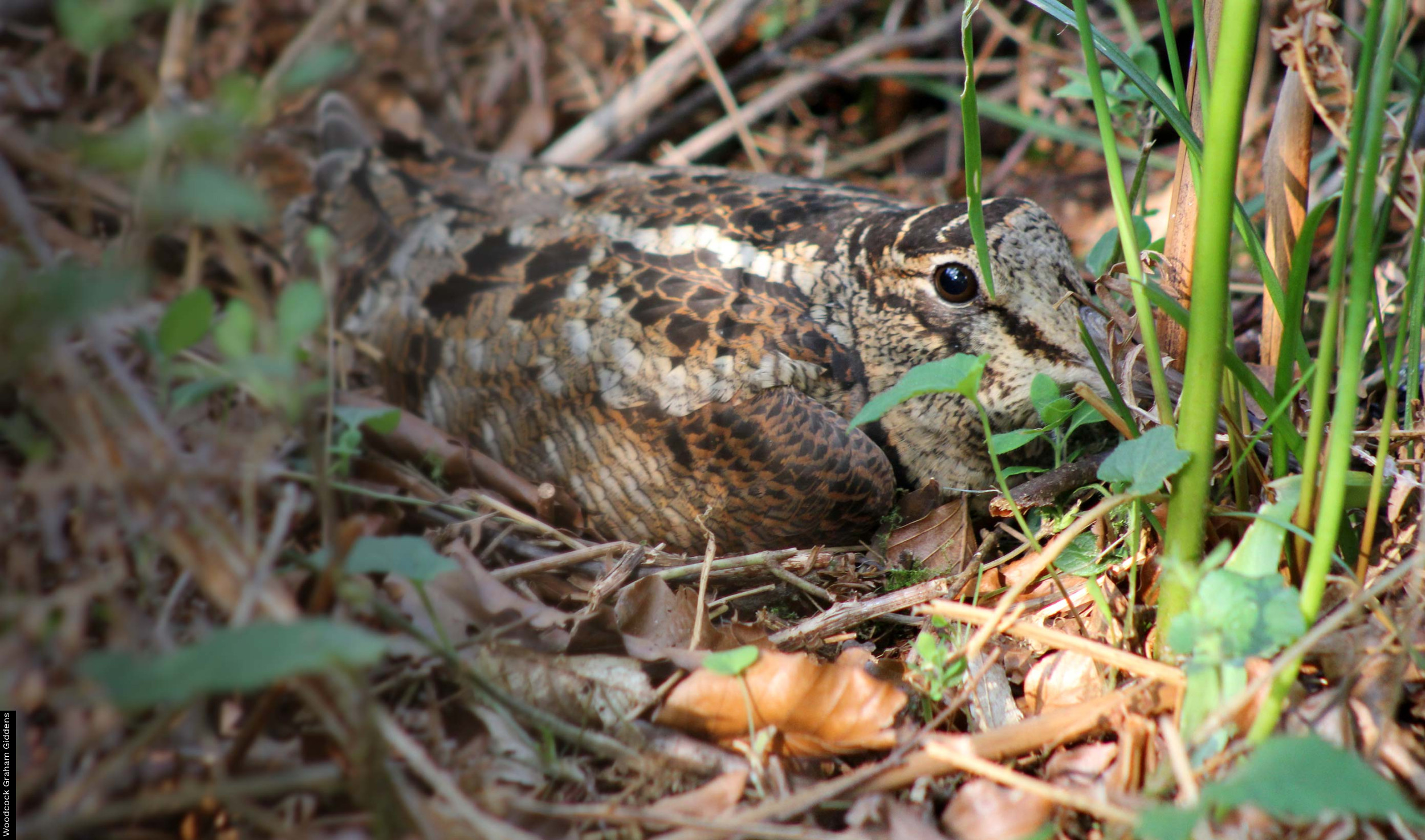

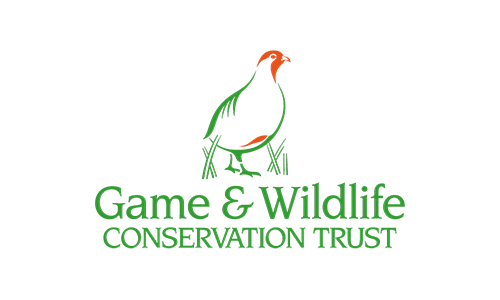
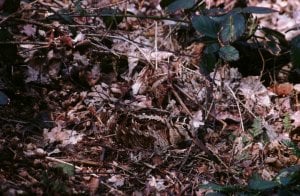
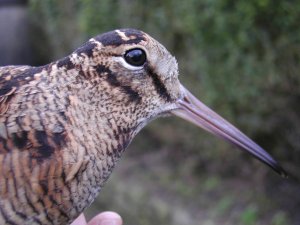

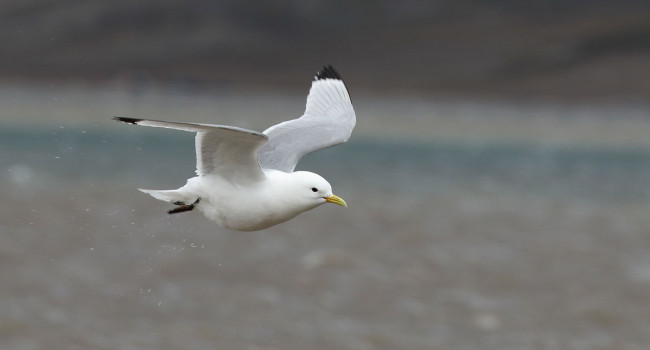


Share this page